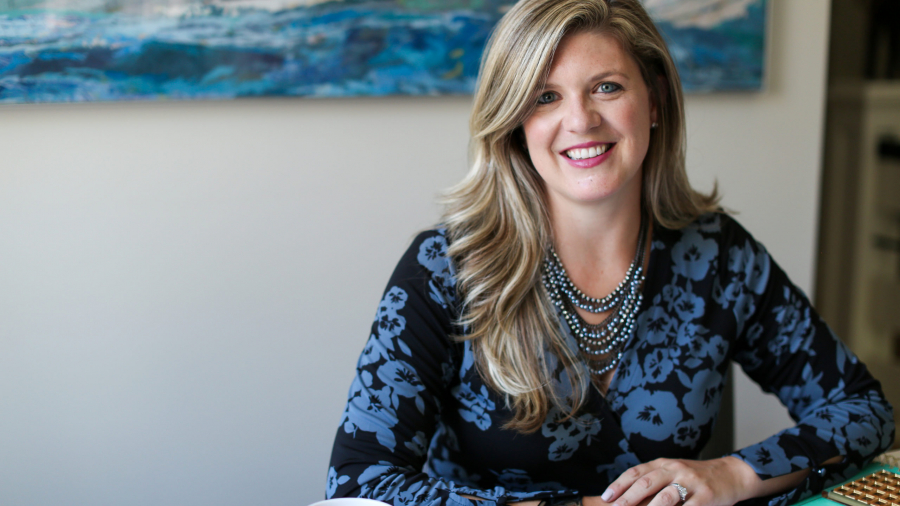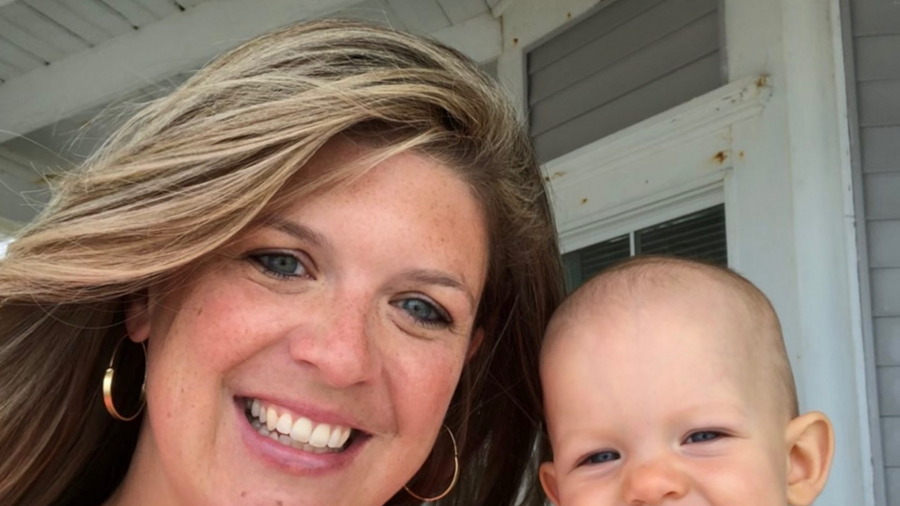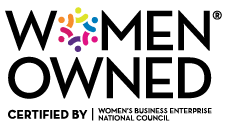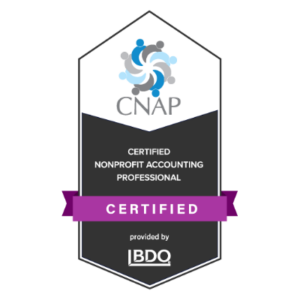
There is this feeling or attitude I’ve seen in the nonprofit world that it’s a badge of honor to work for little money because you’ve dedicated your life to a cause greater than yourself. Beginning then building my career there, I started to take on the approach of seeing how much I could do with the least amount of money possible, because after all, money wasn’t the why behind what I did for a living.
That attitude is rooted solidly in scarcity mindset and the belief that it’s one or the other: make money OR change the world.
But the truth is, in order to create change and make this world a better place, you need money. No one knows this better than nonprofit leaders. One of the main jobs of nonprofit leaders is to ask others who have built wealth for money (often older white men).
So we know that money is essential to the systemic change we want to achieve.
But if we’re not making any money ourselves, we are entirely reliant upon other people to create the change we want in the world. We are not empowered to actually make a difference because we’re relying on other people to fund it.
There’s something off about this approach, right?
We need to flip this script!
For a long time I felt ashamed making a decent amount of money to help nonprofits do their work. I never wanted to talk about making money in my business because if my mission is to help these organizations make an impact, and their staff were operating on pennies, why in the world should I make a decent buck?!
If I’m being honest, I actually am motivated by money. I want to make more money so I can share with others how I’ve built my business to make money and therefore empower others to make more money and create impact in ways that feel good to them.
I’ve never felt comfortable sharing about my business growth because it feels in direct opposition to the nonprofit culture that we should be martyrs to the impact we’re making.
But lately, my perspective has completely shifted.
I have been learning from women who are unapologetic about building wealth. There’s no shrugging off or sweeping under the rug the fact that their businesses are generating millions in revenue. They’re not plastering photos of their designer shoe collection or sports cars all over social media, but they are direct in sharing the fact that they make very good money.
Why? Why share your business revenue with the world? Isn’t that a little braggy?
No way.
They share because it inspires others to see what’s possible.
They share because they are helping thousands of women with their work and they are 100% confident in the value they provide.
They share because it empowers others to go out and do the same thing. They believe in radical abundance and know that there’s more than enough to go around.
These women know that if they build wealth, they can create a greater impact on the world for their families, future generations, and their community.
Rachel Rodgers, Allie Casazza, and Luvvie are beautiful examples of women who are unapologetic about building wealth to secure a better future for their families and their communities.
I too want to build a million-dollar business by providing exceptional CFO and bookkeeping services to nonprofits and purpose-driven businesses to help them grow too.
It’s a beautiful chain reaction.
We help leaders better understand their numbers to make smart decisions for growth
They can grow and change the lives of those they serve
Then those people grow, change, build, and serve
It’s an endless cycle and I certainly don’t want to be the one to break the cycle by playing small and being a martyr.
I am so grateful to have examples of brilliant strong women who are building big businesses, talking about it publicly, and empowering me to do the same.
Making money allows us to create, give, serve, and change in a much bigger way.
This is a great conversation to have as you begin to plan revenue for Q4 and 2021. How have you been playing small? Are there ways you can expand your reach to grow your business, those you serve, and your impact?
Our Profit Playbook is a great resource to help you create a revenue roadmap. You’ll build out monthly revenue, expense, profit, and cash goals (yes, those things are all different!) to create a step-by-step guide to accomplish your goals.
Way too often we unintentionally play small, limiting ourselves to the status quo, when really we’re just limiting our impact.
Let’s begin 2021 empowered to change the world!























